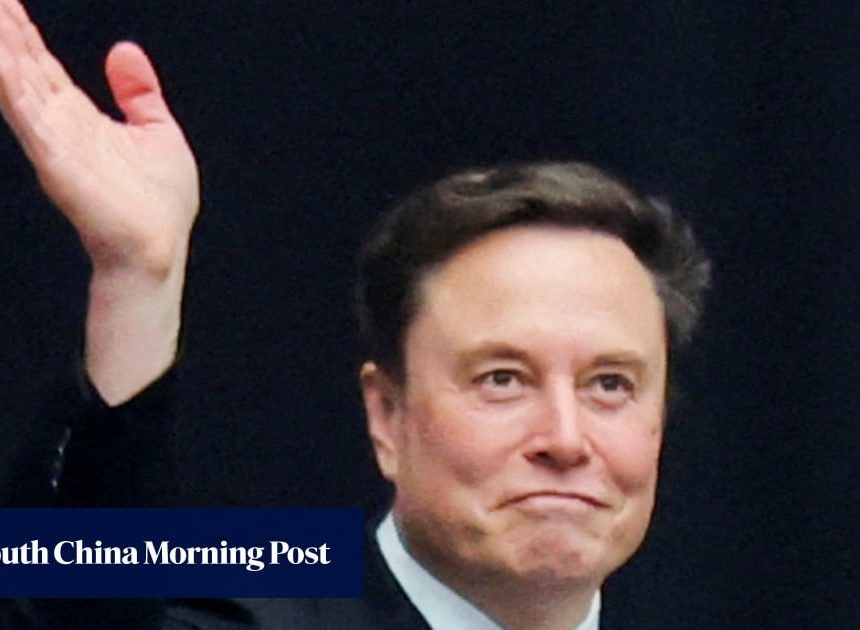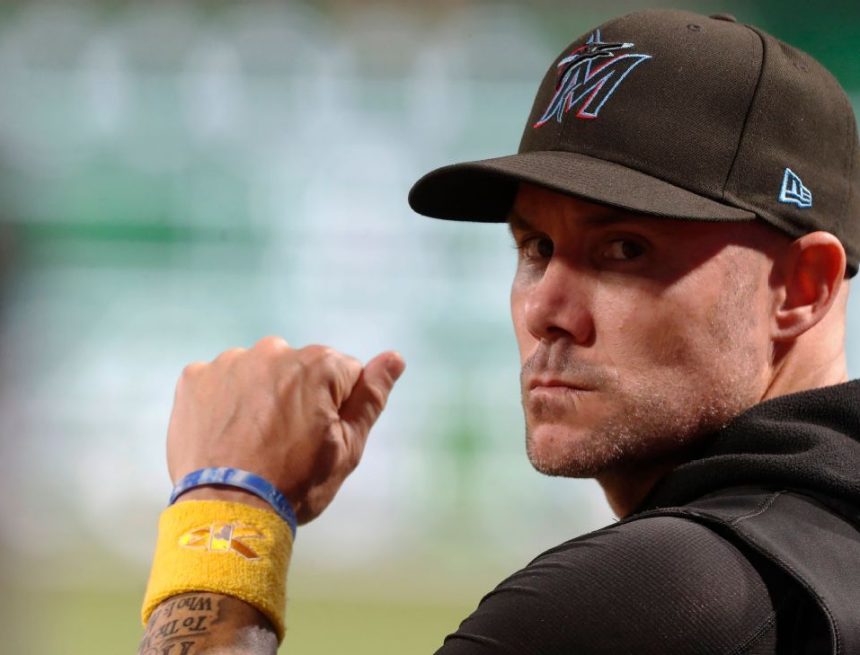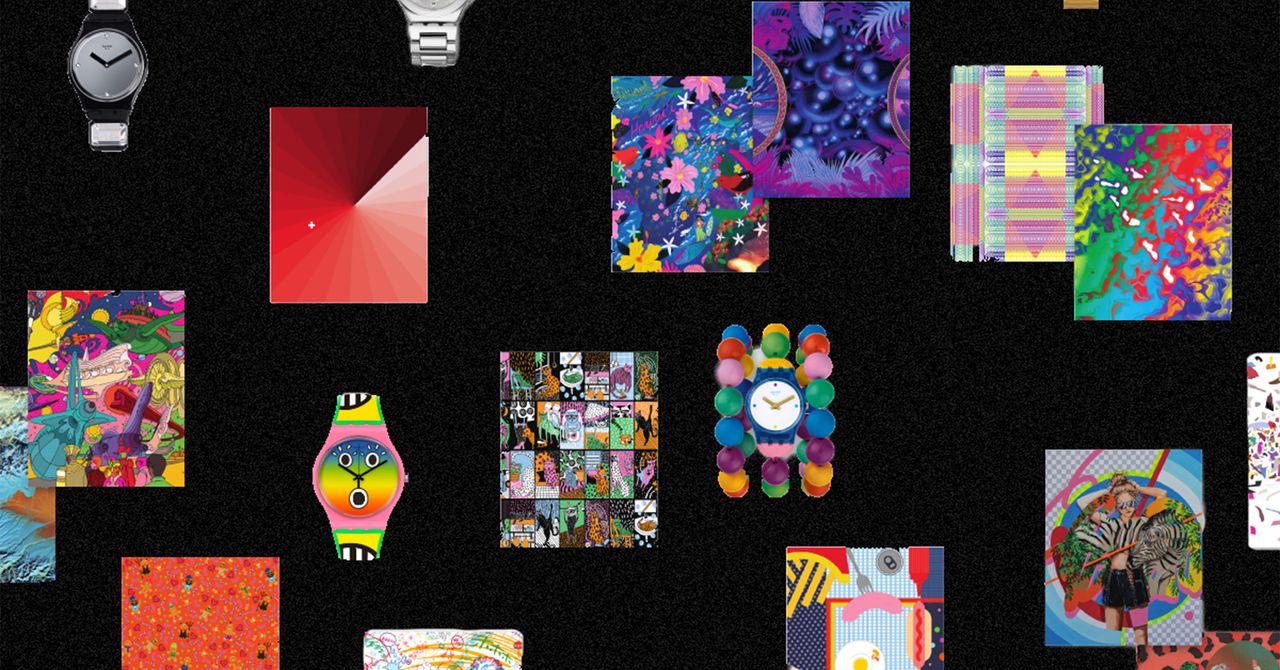It should surprise no one to learn that 2025 is being hailed as a golden year for horror films. All horror movies are a reflection of their time, and ours are pretty scary.
Tech dystopianism means that Frankenstein’s monster has become a byword for AI, while Bram Stoker’s Dracula has always drawn on a dark strain of English xenophobia. So it is no coincidence that these 19th-century gothic villains, stars of the earliest horror films in the 1920s and 30s, are back in cinemas with new adaptations from directors Guillermo del Toro and Luc Besson. Maggie Gyllenhaal is bringing out another Frankenstein, The Bride!, next year.
Blood-sucking vampires and dead-eyed zombies have long been cast as the monsters of capitalism, coming out in times of economic gloom. This may explain why Sinners, Ryan Coogler’s southern gothic vampire mashup, and 28 Years Later, the third instalment of Danny Boyle and Alex Garland’s zombie franchise, have struck such a nerve. As the philosopher Slavoj Žižek has observed: “It’s much easier to imagine the end of all life on Earth than a much more modest radical change in capitalism.”
Horror movies tap into our most primal fears, but they are also uniquely able to embody each new era’s anxieties. Emerging out of German expressionism after the first world war, the genre flourished against the backdrop of the Vietnam war in the late 1960s and 70s; the Aids epidemic and rampant consumerism led to a vampire reawakening in the 80s.
The superhero seemingly reigned supreme over 21st-century multiplexes. But in dark times the rise of “elevated horror” – scary films with a social commentary – has finally toppled their dominion. Horror films are much cheaper to make, drawing in younger film-makers and encouraging experimentation. It has become an unlikely medium through which to explore issues such as race, class and gender, overlooked by the risk-averse big studios.
Horror is also attracting more women, both as film-makers and audiences. Last year’s Oscar-winning The Substance by Coralie Fargeat and Jane Schoenbrun’s I Saw the TV Glow took on themes of misogyny, celebrity and gender dysphoria. Cineastes trace this new wave of horror auteurs to Jordan Peele’s 2017 horror-satire Get Out, released a year after President Trump won his first term.
Catharsis, escapism and the perverse comfort of the worst-case scenario all go some way to explain “the horror paradox”: why we enjoy being made to feel scared. Steven Soderbergh’s 2011 pandemic thriller, Contagion, was one of the most downloaded films of 2020. Horror helped get fans back into the cinemas after Covid. While we binge-watch the latest dramas from our sofas, there is a communality, and safety, in being frightened together.
In the face of the all-too-real horror of war, the existential implications of the climate emergency and fears over where AI may lead us, it is no wonder we sometimes want to go into a dark room and scream. As JG Ballard put it: “The ultimate dystopia is the inside of one’s own head.” Dr Coltan Scrivner, a behavioural scientist, agrees. “You walk around with your mask of tranquillity, but inside your mind is a maze of worries,” he writes in Morbidly Curious, a new book exploring our fascination with the macabre. “Horror allows you to take off your mask.” This Halloween, the darkest genre has once again risen to meet the moment.
-
Do you have an opinion on the issues raised in this article? If you would like to submit a response of up to 300 words by email to be considered for publication in our letters section, please click here.


